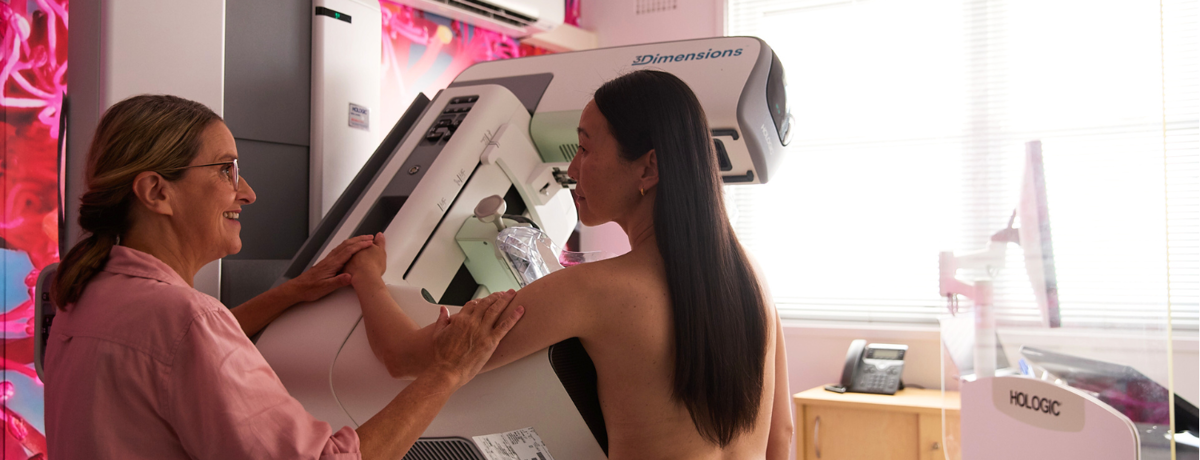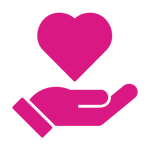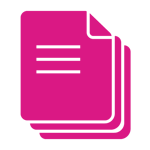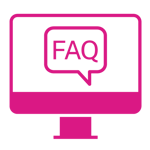
- Home
- >Health professionals
- >The breast screen process
The breast screen process
Your recommendation is important
Women are more likely to get a breast screen (mammogram) if it’s recommended by their doctor.1520
Booking a breast screen is easy
You can use practice produced referrals where available or use our request pad to recommend breast screening. The request pad also contains general information about breast cancer and breast screening.
Simply:
- Book online or call 13 20 50 to book (or call 13 14 50 for an interpreter)
- No referral needed.
There are more than 250 BreastScreen NSW clinics in NSW, find a clinic near you.
We also have brochures, posters and other resources with information about breast cancer and breast screening.
A breast screen takes just 20 minutes
Giving women clear information about what happens at a breast screen can help reduce their concerns.
Here are some things you can tell women who are worried about getting a breast screen:
- A breast screen appointment takes just 20 minutes.
- All BreastScreen NSW radiographers and mammographic practitioners (staff who will conduct the breast screen) are female.
- BreastScreen NSW staff won’t start the screen until they get permission. They will always ask for consent and confirm personal details first.
- When it’s time to screen, a female radiographer or mammographic practitioner will position and compress the breast in the x-ray machine to take a picture.
- The radiographer will take at least two pictures of each breast. Each picture takes only a few seconds, so it is over quickly.
- The staff will make adjustments if anything is uncomfortable or sensitive, and they can stop anytime.
- BreastScreen NSW services are very safe. They have the latest equipment, which use the smallest amount of radiation possible while still getting a high-quality picture.
- Group bookings can be arranged for women who feel more comfortable coming for a breast screen together.
- A carer, friend or family member is welcome to attend your breast screen with you.
- BreastScreen NSW staff are experienced in accommodating individual needs, including disabilities and interpreters.

Most women receive a normal result
Two breast imaging specialists independently review the x-ray images. A third specialist doctor is consulted if needed.
Women will receive their results in approximately two weeks, even if they are in a regional or remote area. If a woman has provided her doctor’s details, we will also send them the results.
Most women receive a normal result and return to routine screening (every two years).
Fewer than 10% of women are recalled for further (diagnostic) testing.1478
What happens if a woman is recalled
If a woman needs further tests, she’ll be asked to attend a BreastScreen NSW Assessment Clinic for diagnostic testing. Like the initial breast screen, this assessment is free.
Patient anxiety is expected when women are recalled for further tests. You can provide reassurance by informing your patient that around 90% of women recalled for further tests do not have breast cancer.1478
Diagnostic tests carried out at the Assessment Clinic may include:
- Mammography – 2D and 3D (tomosynthesis) mammographic techniques are utilised to review the breasts and to guide biopsy if required.
- Breast ultrasound – May be used to further assess the mammographic lesion, to review other areas of the breast(s) and axilla(e) and to guide biopsy if required.
- Clinical breast examination – A clinician will perform a breast examination if a biopsy is required.
- Needle biopsy – Fine needle aspiration biopsy, core biopsy and vacuum assisted biopsy techniques are utilised as appropriate.
If a woman has provided her doctor’s details, we will send them comprehensive information on their patient’s diagnostic test results, including if relevant, biopsy pathology results.
If a woman is diagnosed with breast cancer, we usually recommend they return to their doctor for referral to a breast surgeon.
Women may resume regular screening with BreastScreen NSW five years post-diagnosis.
Maximising participation in screening
Only half of all women aged 50–74 have regular screening mammograms with BreastScreen NSW. Barriers to participation include:
- Some women don’t know their risk of getting breast cancer – they may not know that breast cancer is the most common cancer affecting women in NSW1548, and that 9 out of 10 women with breast cancer don’t have a family history of the disease.1477
- Some women don’t understand what population screening is and how easy it is to get a breast screen.
- Some women are embarrassed about having a breast screen or concerned about modesty.
- Some women are worried about what happens if they get a positive result.
- Some women are worried about pain or discomfort when having a breast screen.
That’s why it’s so important for health professionals to talk about the benefits of breast screening.
Find out more about:



